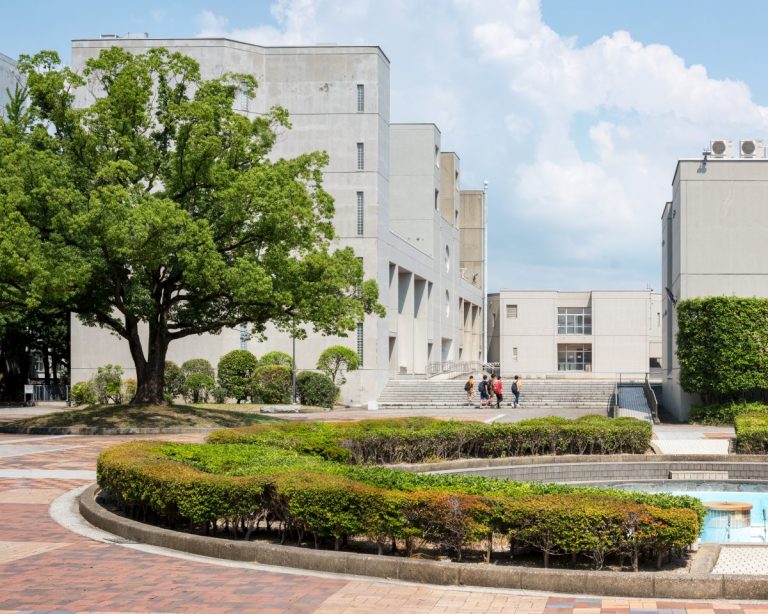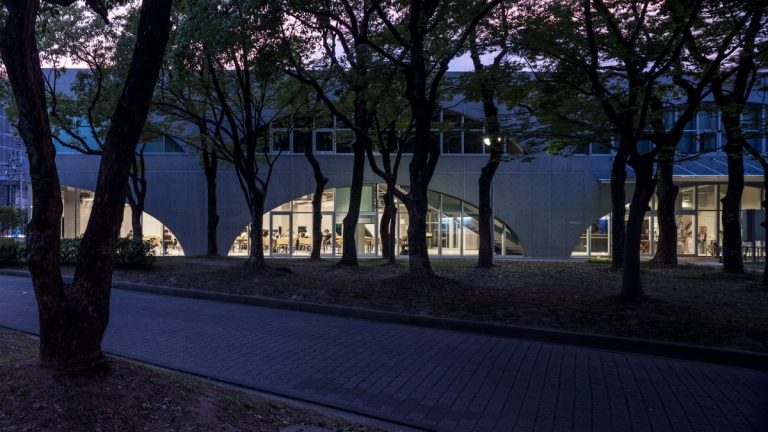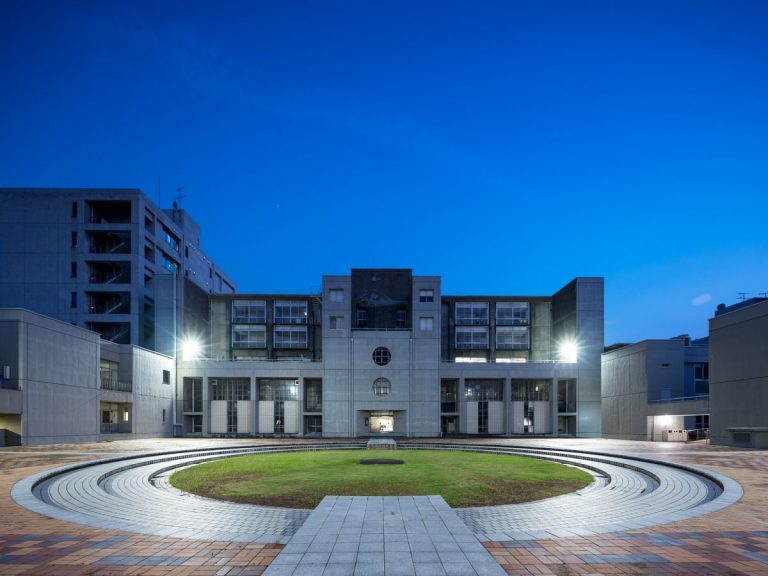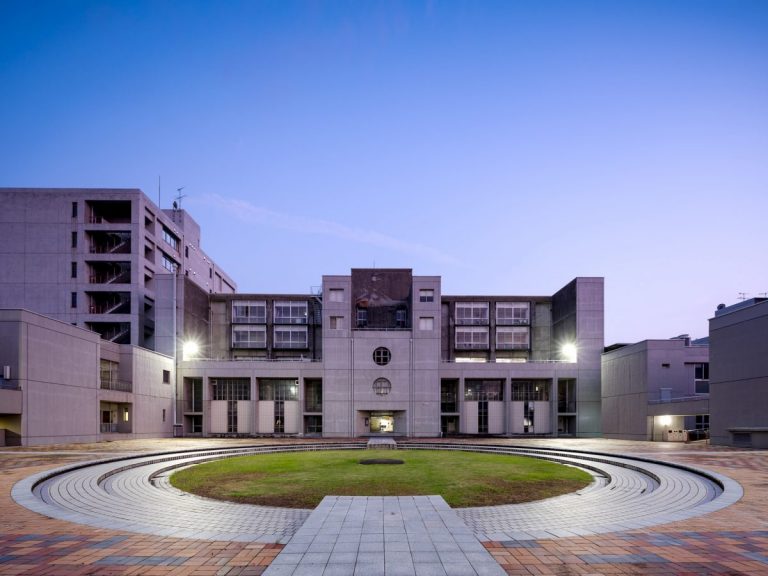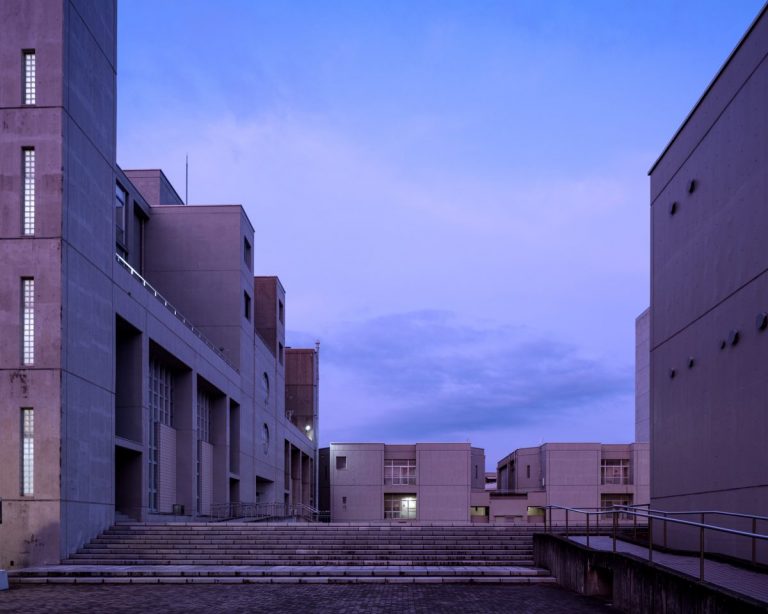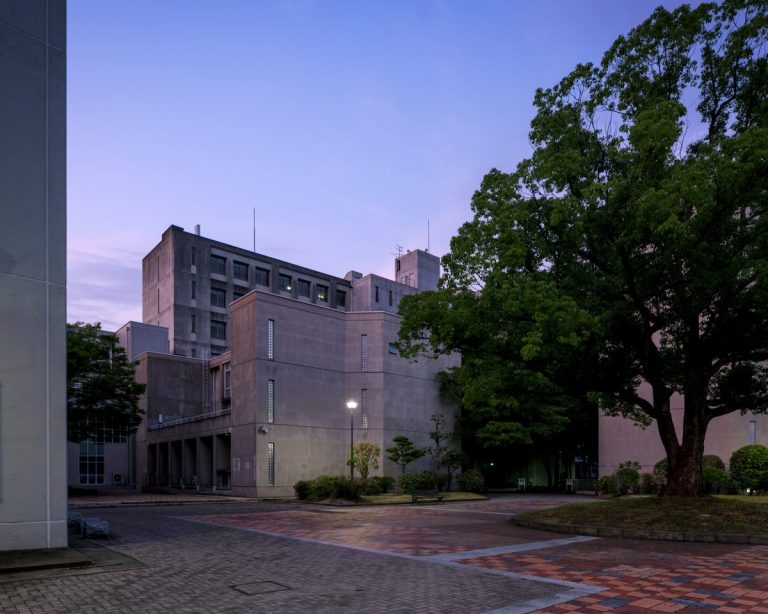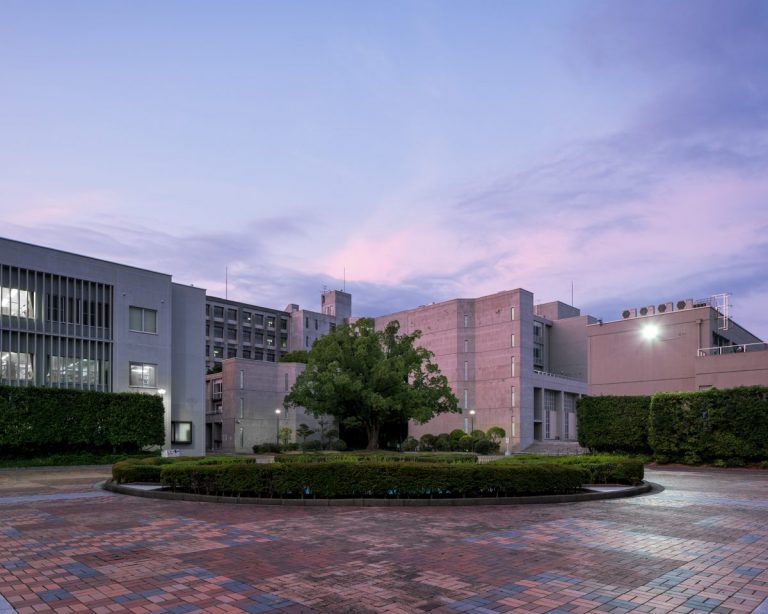Biolab: Chronology Laid Out in Geometric Shapes - The Behavior of Silkworms While Spinning
Biolab of theFaculty of Design at Kyushu University was launched in 2019 and is currently engaged in joint research with various researchers from within and beyond the university. Our wide-ranging research adopts multiple perspectives on the relationship between intelligence and life, including bio-aesthetics, artificial intelligence, bio-art, synthetic life, and DIY bio, as part of our efforts to “develop the pedagogy for next-generational design education (creative education).”
Ms. Terumi Ikenaga, a PhD student from the Graduate School of Agriculture at Kyushu University, is currently conducting experiments at Biolab involving threads that silkworms spew out. This experiment explores the design-related possibilities of silkworm byproducts such as their threads and membranes as well as their unique material-shaping process.
Below are links to the experiments so far:
Silkworm flat-spinning experiment
Designing a composite material made from nanocellulose×silk filaments
Biolab Silkworm Nonwoven Fabric
A co-working system for silkworms, ants, and people -Material design from symbiosis between technology and animals
“The excellent functions for the life support mechanism and the information transfer mechanism such as evolution, heredity, learning, immunity or risk aversion, feeding, reproductive behavior, for example, have been equipped in the organism and acquired using various means applying to the environment from primeval times to the present. For the prosperity and the decline of the species, such functions are the marvelous potential powers in an organism, are the natural world’s calculated results, related to the future acquisition of functions. These calculations continue to this day and will keep going on for eternity. In other words, the various living organisms on this planet have adapted to the current environment, even if it may not be optimal. These are groups that have been allowed to exist. [1]”
As a result of these calculations, silkworms select to coexist with humans as a survival strategy. In the process of turning into adults from larval stages, they made cocoons, provided silk, and passed down the phenotype traits together with humans. Therefore, cocoons represent the evolutional and genetic results of the silkworms themselves and the results accepting or reflecting the artificial selections as a domestic animal.
When there are changes to that spinning environment for making cocoons, how do silkworms behave in such environments? Further, are there certain orders and laws, or in other words, patterns?
In the previous experiment, we investigated how silkworms would conduct spinning and also check for any patterns by constructing silkworms’ spinning environments in plane figures of equilateral triangles, squares, regular hexagons, and circles. The silk spinning on geometric shapes is the results in visually evident offspring. Considering the visually recognizable results, it can be estimated that as the geometric shape’s vertex angle becomes greater, the more spinning will be conducted along the vertex. However, it is not possible to always conclude that this result reflects the action patterns of silkworms. That is because the spinning drawn on a geometric shape may not always correspond to a silkworm’s behavior. The film term for this is le hors-champ, or the main subject is out of the screen. In other words, silkworm’s actions lie outside of the spun silk on geometric shapes.
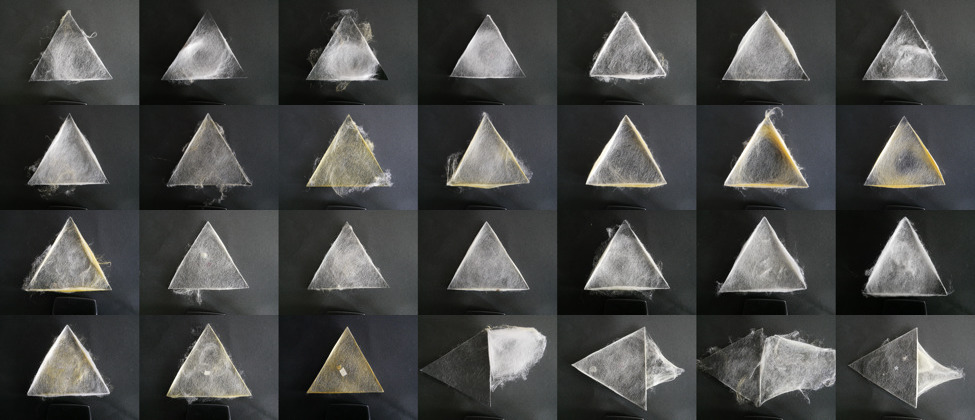
Figure: Silk spun in the shape of an equilateral triangle
In practice, when we observe the processes silkworms go through before they spin on respective geometric shapes, it takes time until a spinning morphogenesis becomes ready. Silkworms search for a place to construct a foothold for making cocoons by moving around on the geometric shape, and they accepted the current environment and conducted spinning reacing that particular environment. These reactions coming from the openness to the changes in the spinning environment, in other words, the behavior of the silkworm, may be proceeded on the cocoon formation process, even if the various spinning patterns applying to the geometric shapes figure out. This invisible behavior of the silkworm on the figure is captured with tracking motion for the silkworm acts by Mayu Arano, a master student of the Graduate School of Design, Kyushu University, and clarified with a statistical analysis of this tracking data by Kodai Sato, a senior-year student of the Design Department of Art and Information Design, Kyushu University.
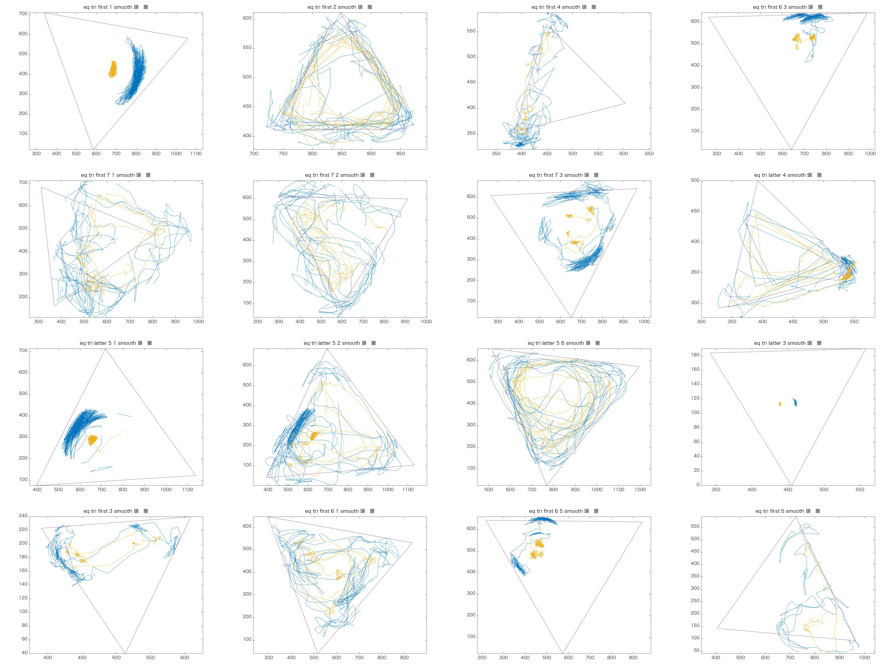
Figure: Visualized silkworm behavior
For example, a circular-bordered equilateral triangle with lacking corners can be estimated to have resulted from the silkworm behavior of moving around in circles.
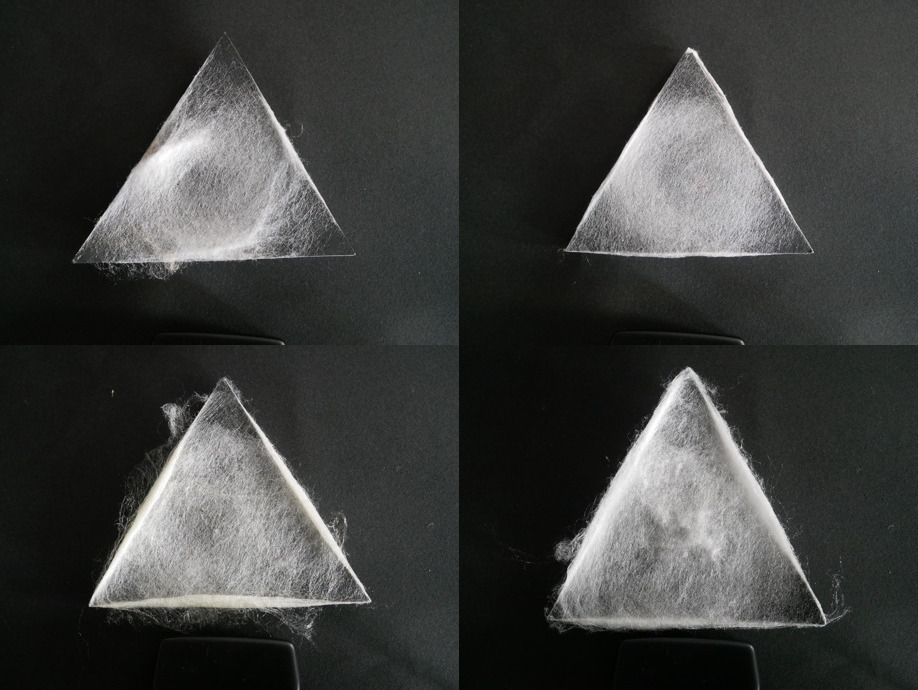
Figure: A triangle with lacking corners
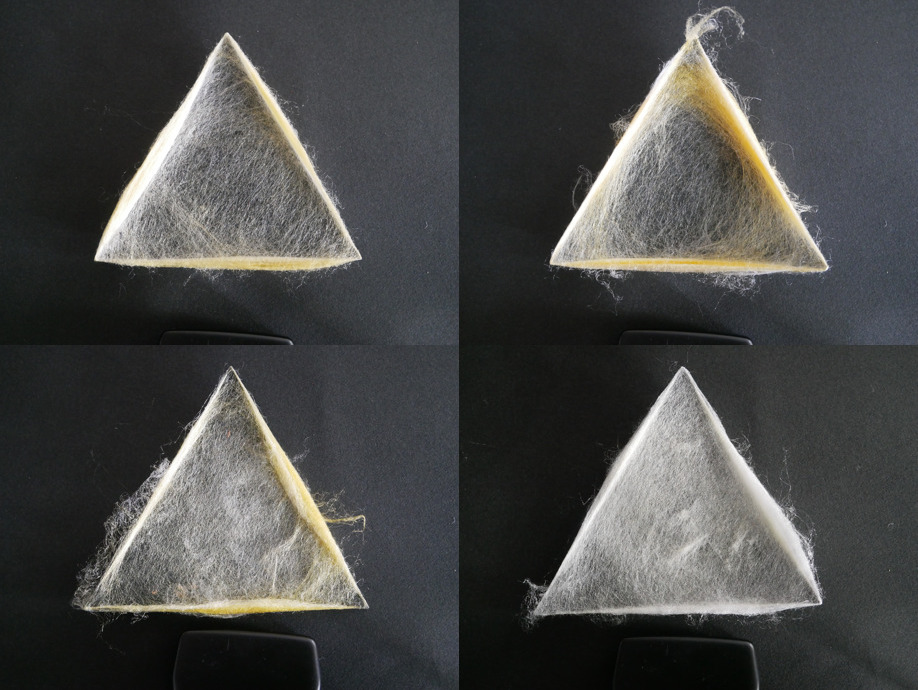
Figure: Circular-bordered triangle

Figure: Silkworm behavior *Blue: Head movements Yellow: Stomach movements
When looking at a silkworm’s behavior on an obtuse isosceles triangle with obtuse angles and acute angles coexisting, the red line, which represents movement, drew a circle. While fixating the body and shaking the head, the spinning motion is drawn in a thin blue line, focusing more on the acute angles than the isosceles triangle’s obtuse angles. It can be deciphered that the silkworms are making motions of carefully searching the acute angle’s vertex section more than the obtuse angle. As a result, it is possible to estimate that the silkworm is not spinning at the acute angle’s vertex section.

Figure: Silkworm behavior on the isosceles triangle *Red: Movement Blue: Head motions
Also, the behavior of these silkworms towards the triangles is not uniform across the board. Some silkworms adapt and spin even triangles, while others spin distorted shapes.
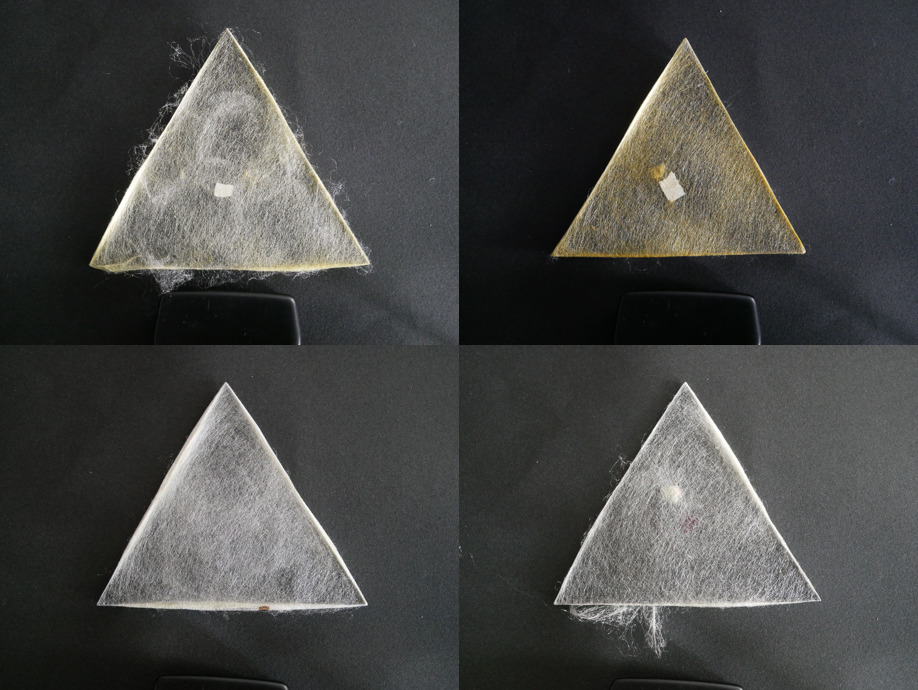
Figure: Equilateral triangle
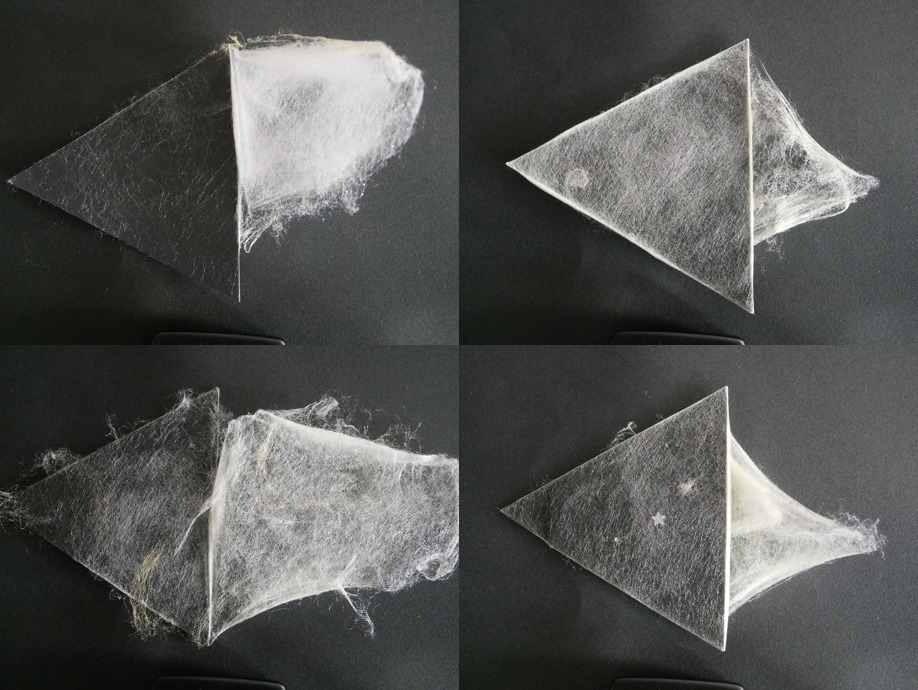
Figure: Distorted shape
Further behavioral analyses could reveal simple algorithms that are not clear in the results as they developed into different forms for each different condition, even within the same geometric shape.
“For survival and prosperity of species, living organisms exist in a dynamic state, striking a balance in multiple environmental conditions such as light/water/gravity. In other words, living organisms do not follow a single objective and seek a complete solution but instead conduct a multi-objective optimization and thereby generate a multitude of morphogenesis and survival strategies (omitted). The number of solutions to achieve multi-objective optimization is not singular. There are simply countless solutions. It seems that the amazing diversity that living organisms show conceals clues to finalize an ideal decent solution in terms of design. [2]” As the quote indicates, the receptive diversity of silkworms toward the environment changes, and moment by moment reactions, generated from such receptions, symbolize various solutions to the changes and hardships that occur in our lives.
Reference
[1] Toshio Honma“A Trial Structural Morphogenesis System of the Conception and Design Support System by Using Life-like Approach”, “A New Trial by Using Computation Procedures for a Spatial Structure Design”, Architectural Institute of Japan p. 2-17, Maruzen, 2005
[2] “Architectural Magazine Special Feature 06 The Intersection of Architecture and Biology: Toward a Multi-Objective Optimization of Architectural Design”, Architectural Institute of Japan, 2020.6
![九州大学イノベーションデザインネクスト[KID NEXT]](https://www.kidnext.design.kyushu-u.ac.jp/wp-content/themes/kidnext/img/logo_header.png)

